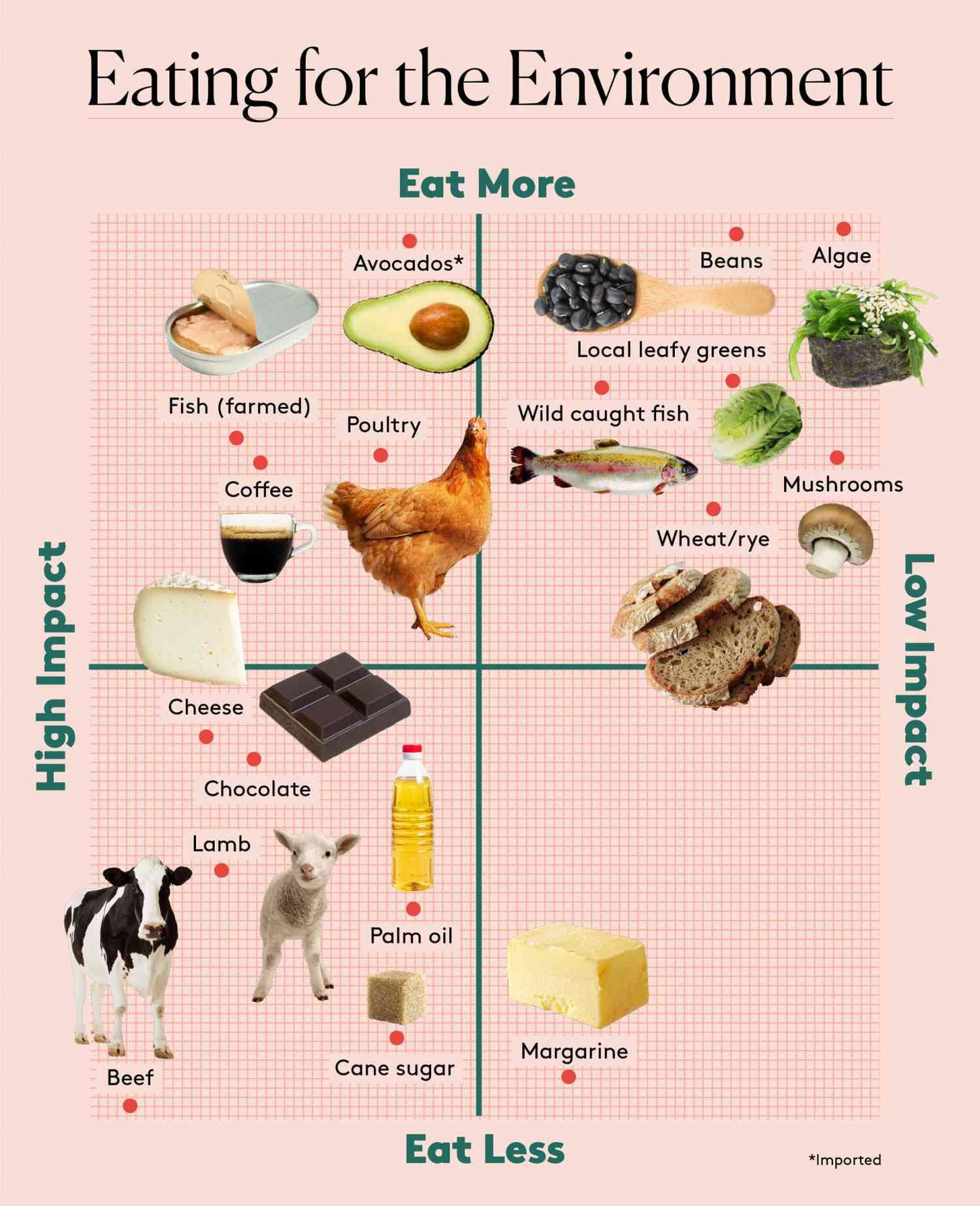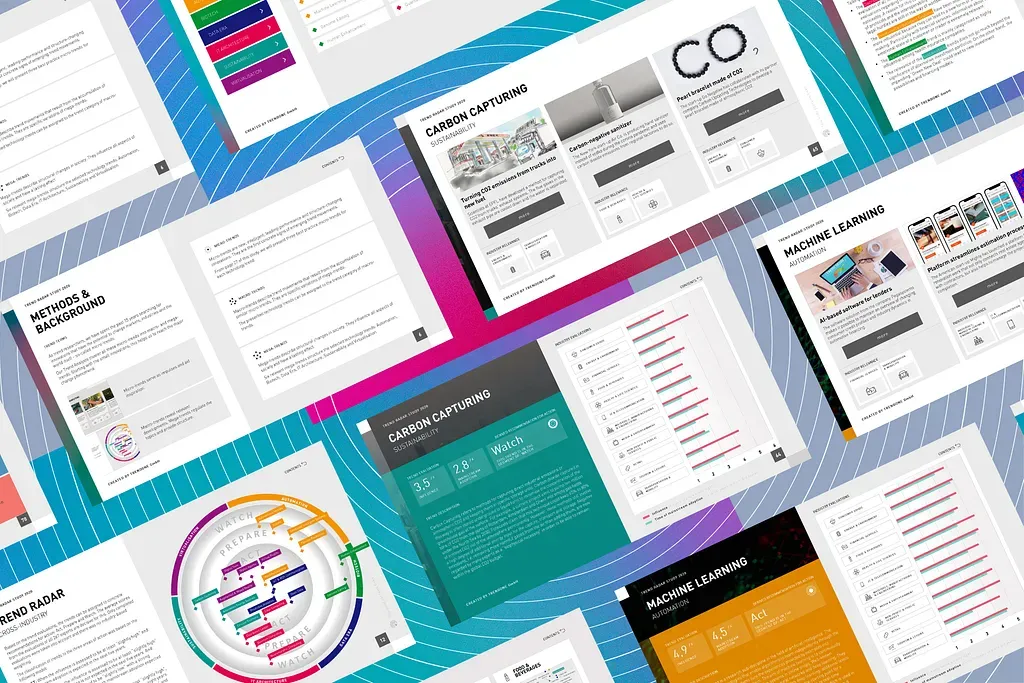The climatarian diet emphasizes food choices that minimize carbon emissions and environmental impact. By favoring plant-based, low-footprint ingredients—local produce, seasonal items, minimal packaging—and reducing or eliminating high-emission foods (beef, lamb, air-freighted items), climatarians aim to lower their personal “foodprint.” As climate concern rises, 10–30% of consumers express interest or practice, and restaurants and brands are beginning to label and reformulate offerings to meet this demand.
What Is the Climatarian Diet?
A climatarian selects foods based on their greenhouse-gas footprint rather than calories or macronutrients. Core principles include:
- Avoiding High-Emission Meats (especially beef & lamb)
- Prioritizing Plant-Based Proteins (legumes, grains, nuts)
- Choosing Local & Seasonal Produce to cut transport emissions
- Minimizing Food Waste through portion control and composting
- Opting for Low-Impact Packaging and minimally processed foods
Key Trend Drivers
-
Climate Anxiety & Consumer Responsibility
Growing awareness that food production accounts for ~25–30% of global greenhouse emissions motivates diet shifts. -
Sustainability on Menus
Restaurants and food brands (Just Salad, Burger King’s low-methane Whopper tests) are carbon-labeling dishes and reformulating recipes. -
Plant-Based Movement Evolution
Moving beyond veganism, climatarians focus on environmental metrics—carbon, water, land use—rather than solely animal-welfare ethics. -
Expert & Industry Endorsements
75% of food-industry experts predict climatarian diets will grow in 2025 and beyond, driving product innovation and labeling initiatives.
Target Consumer Profiles
| Segment | Characteristics | Motivations |
|---|---|---|
| Eco-Conscious Millennials | Climate-focused, digitally engaged | Reduce personal carbon footprint |
| Flexitarians & Reducetarians | Already limiting meat intake | Next step: climate impact optimization |
| Health & Wellness Enthusiasts | Seek functional diets | Combine health with sustainability |
| Foodservice Innovators | Chefs, restaurateurs | Differentiate menus, meet demand |
| Corporate & Institutional Buyers | Canteens, schools, hospitals | ESG goals, sustainability mandates |
Health & Functional Benefits
- Improved Nutrient Profile
Emphasis on plants increases fiber, antioxidants, and micronutrients. - Weight & Metabolic Support
Reduced red-meat intake often correlates with lower saturated fat and improved cardiovascular markers. - Psychological Well-Being
Aligning diet with values can boost eco-efficacy and reduce climate anxiety. - Waste Reduction
Mindful portioning and composting cut household food waste—a major emissions contributor.
Market Dynamics & Size
- Consumer Adoption: ~10% currently practice, ~22% interested in trying climatarian (Datassential).
- Restaurant Labeling: 30% of diners want climate-footprint labels; operators adding carbon data to menus.
- Plant-Based Alternatives: Plant-meat sector grew from $5.9 bn in 2020 at 8.4% CAGR, outpacing flat traditional meat.
- Packaging Innovation: Eco-friendly packaging demand up 71% among sustainability-focused consumers.
Product & Service Formats
| Format | Description | Use Case |
|---|---|---|
| Carbon-Labeled Menus | Menu items annotated with CO₂e per serving | In-restaurant decision support |
| Climatarian Meal Kits | Recipe boxes with low-footprint ingredients | Home convenience, education |
| Mobile Apps & Calculators | Track diet carbon footprint in real time | Personalized feedback |
| Retail Climate-Smart Lines | Packaged foods certified for low emissions | Grocery shelf differentiation |
| Corporate Catering Programs | ESG-aligned menus for workplaces and events | Institutional sustainability goals |
Challenges & Considerations
- Data Transparency
Supply-chain opacity makes accurate carbon labeling difficult. - Greenwashing Risk
Companies may overstate “climate friendliness” without rigorous third-party verification. - Nutritional Balance
Over-restriction of animal proteins requires planning to ensure adequate B₁₂, iron, and complete proteins. - Accessibility & Cost
Local, organic, low-impact foods can be pricier or less available in some regions.
Future Outlook & Opportunities
- Standardized Carbon Labeling
Development of industry-wide protocols for measuring and certifying foodprint data. - Integration with Health Platforms
Apps combining carbon tracking with nutritional and fitness data for holistic well-being. - Policy & Incentives
Government subsidies or tax breaks for low-footprint food producers and climatarian meal programs. - Education & Community
Cooking classes, workshops, and social platforms to share recipes, tips, and impact metrics.
Conclusion
The climatarian diet reframes food choices through a climate lens, empowering consumers to reduce emissions via everyday meals. As labeling, technology, and institutional support grow, eating for the planet is poised to become a mainstream dietary approach—delivering both environmental and health co-benefits.
Sources
- https://datassential.com/resource/climatarian-diet-trend/
- https://www.marketscreener.com/news/The-climatarian-marks-next-dietary-trend-in-wake-of-COP26-36904007/
- https://www.storyboard18.com/how-it-works/75-percent-experts-believe-that-people-will-increasingly-adopt-a-climatarian-diet-godrej-report-33416.htm
- https://www.ultracreative.com/blog/packagingclimateclaims
- https://www.axios.com/2023/01/26/new-food-labels-climate-change-diet
- https://www.sciencedirect.com/science/article/pii/S0095069622000596
- https://www.lung.org/blog/climate-change-and-food













